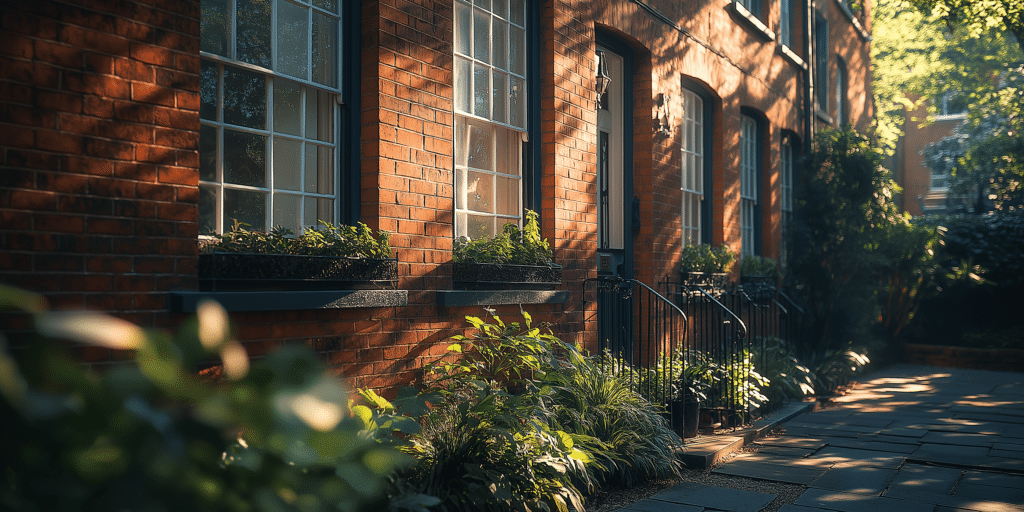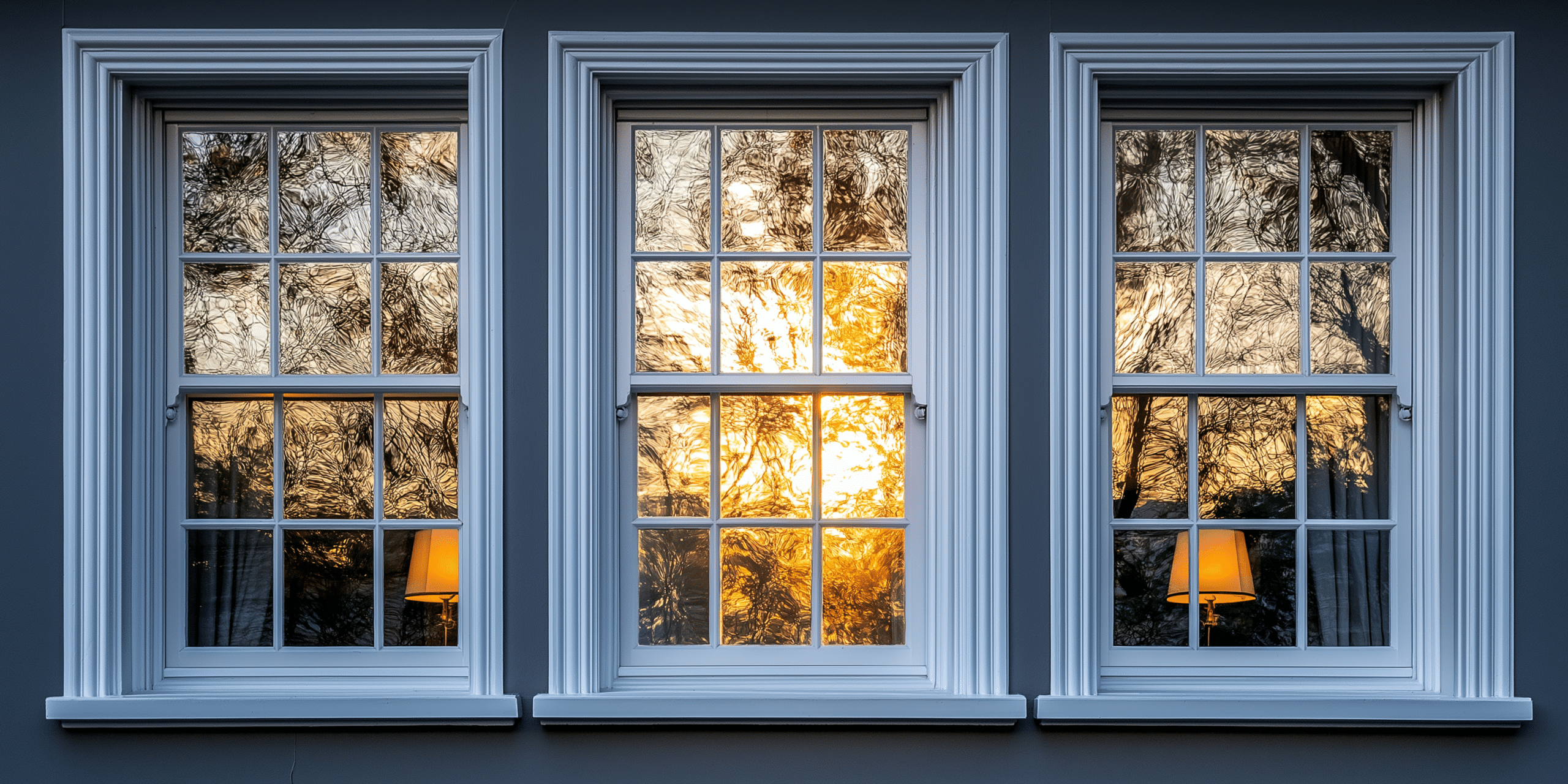Sash Windows Frame: A Comprehensive Guide

Sash windows, with their timeless elegance and historical charm, are often seen as a hallmark of Georgian, Victorian, and Edwardian architecture. However, many people are surprised to learn that modern sash windows are not only aesthetically pleasing but also highly energy-efficient and durable. By incorporating double glazing, weatherstripping, and sustainable materials like engineered timber or uPVC, sash windows offer superior thermal insulation and long-lasting performance, making them a practical choice for both period homes and new builds.
Modern sash windows are capable of reducing heat loss by up to 70% when fitted with double glazing, making them a valuable investment for energy savings.
Materials Used for Sash Window Frames
When choosing materials for sash window frames, two popular options are timber and uPVC, each offering distinct advantages. Traditional timber frames, often crafted from hardwoods such as oak, mahogany, or sapele, provide unmatched authenticity and are essential for maintaining the heritage look in conservation areas and listed buildings. On the other hand, uPVC sash windows are renowned for their low maintenance, weather resistance, and affordability.
For example, the uPVC frames have a lifespan of approximately 20-25 years, while timber frames, with proper care, can last over 50 years, contributing to their long-term value.
Energy Efficiency of Sash Windows
Energy efficiency is a key consideration for modern homeowners, and sash windows, when properly upgraded with double glazing and advanced weatherproofing technologies, can deliver exceptional thermal performance. Double-glazed sash windows consist of two panes of glass separated by an insulating argon gas layer, which significantly reduces heat transfer and improves U-values.
“Modern sash windows with double glazing can reduce heat loss by up to 70%, dramatically improving a home’s energy efficiency,” notes an expert. Additionally, they explain how thermal break technology in aluminium sash frames has further enhanced energy-saving features in recent years.
Sash Window Restoration Process

The restoration of sash windows is a meticulous process that requires attention to detail and a deep understanding of heritage conservation. The restoration typically involves carefully repairing the original timber frame, addressing any signs of rot or wear, and replacing broken or damaged panes with double-glazed units to improve energy efficiency.
Whenever possible, it’s better to restore the original sash windows rather than replace them. These windows can last for decades with proper maintenance. Recalculate sash weights to ensure the smooth function of the windows even after upgrades.
Cost of Sash Windows and Restoration
The cost of restoring sash windows or installing new double-glazed sash windows can vary widely based on several factors. Timber sash windows may cost between £800 to £1,500 per window, while uPVC sash windows range from £500 to £1,000. Experts often recommend restoration as the best choice for heritage properties despite the cost.
Restoration not only preserves the aesthetic appeal but can also add up to 10% to the value of a home.
Maintenance Tips for Sash Windows
Maintaining sash windows is crucial to preserving both their functionality and appearance. Regular maintenance tasks include cleaning the tracks, checking the weatherstripping, and ensuring the cords and pulleys are functioning smoothly. The pulley system, in particular, is essential for the longevity of the window’s smooth operation.
The key to smooth sash window operation is the proper maintenance of cords, pulleys, and weights, ensuring the window remains balanced and easy to use.
Types of Sash Windows

There are several types of sash windows, each with distinct characteristics:
- Single-hung sash windows have one moveable pane, making them more affordable but less ventilated than their double-hung counterparts.
- Double-hung sash windows allow both the top and bottom sashes to open, providing better airflow.
- Yorkshire sash windows (horizontal sliders) are a common feature in cottages, where the sashes slide sideways rather than up and down.
Traditional sash window types, such as the double-hung sash, offer excellent ventilation while preserving the building’s historical aesthetic.
Sash Window Components
Sash windows consist of several key components that ensure smooth operation:
- Sash weights and cords balance the movement of the window.
- Glazing bars divide the window into multiple panes, contributing to the aesthetic appeal.
- Locks and fittings secure the window while enhancing safety.
Sash Windows and Historical Significance
Sash windows are a key feature in many period homes, especially from the Georgian, Victorian, and Edwardian eras. These windows are integral to maintaining the architectural heritage of listed buildings and conservation areas. Incorporating modern updates such as double glazing into these historical structures has become a common approach to enhancing energy efficiency without compromising aesthetics.
Restoring sash windows while maintaining their historical significance adds value and ensures their preservation for future generations.
Environmental Benefits of Sash Windows

When modernised with energy-efficient glazing and sustainable materials, sash windows can contribute to an eco-friendly home. By reducing heat loss and lowering energy consumption, these windows help minimise one’s carbon footprint.
Using sustainable timber and low-E coatings on sash windows can significantly reduce energy consumption and support eco-friendly construction practices.
Final Thoughts on Sash Windows
Sash windows remain a vital architectural feature that beautifully marries historical significance with modern innovation. Their enduring popularity stems from their ability to enhance both the aesthetic appeal and the functional performance of any home, whether it be a period property or a contemporary build. The combination of traditional craftsmanship and advancements in energy-efficient technologies ensures that sash windows continue to be a relevant and desirable choice for homeowners.
Moreover, the choice of materials—be it timber, uPVC, or composites—offers homeowners the flexibility to tailor their sash windows to their specific needs, whether prioritising authenticity, energy efficiency, or low maintenance. The restoration of original sash windows, particularly in listed buildings, not only preserves the architectural integrity but also adds value to the property while enhancing its energy performance.
Incorporating modern enhancements such as double glazing, weatherproofing, and thermal insulation into sash windows demonstrates how these timeless frames can evolve with the demands of contemporary living. When well-maintained, sash windows can last for decades, offering long-term cost savings, energy efficiency, and a reduced carbon footprint. As heritage conservation becomes increasingly important, sash windows stand as a testament to the balance between preserving history and embracing sustainability.
Whether you are renovating a historic property or constructing a modern home, investing in sash windows will undoubtedly provide long-term benefits in terms of energy savings, property value, and timeless elegance. With proper care and consideration for the materials and technologies used, sash windows will continue to be a central feature of British architecture for generations to come.




